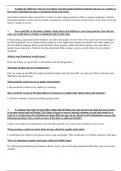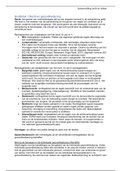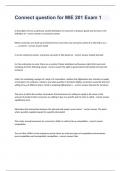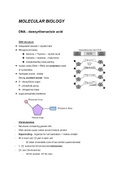Summary
Summary - BSC 1010C
- Course
- BSC 1010C
- Institution
- Valencia College
My document consists of detailed class notes from my biology course, thoroughly covering a range of scientific topics. It includes in-depth explanations of fundamental concepts such as cell structure and function, including the roles of organelles like the nucleus, mitochondria, and ribosomes. The ...
[Show more]











